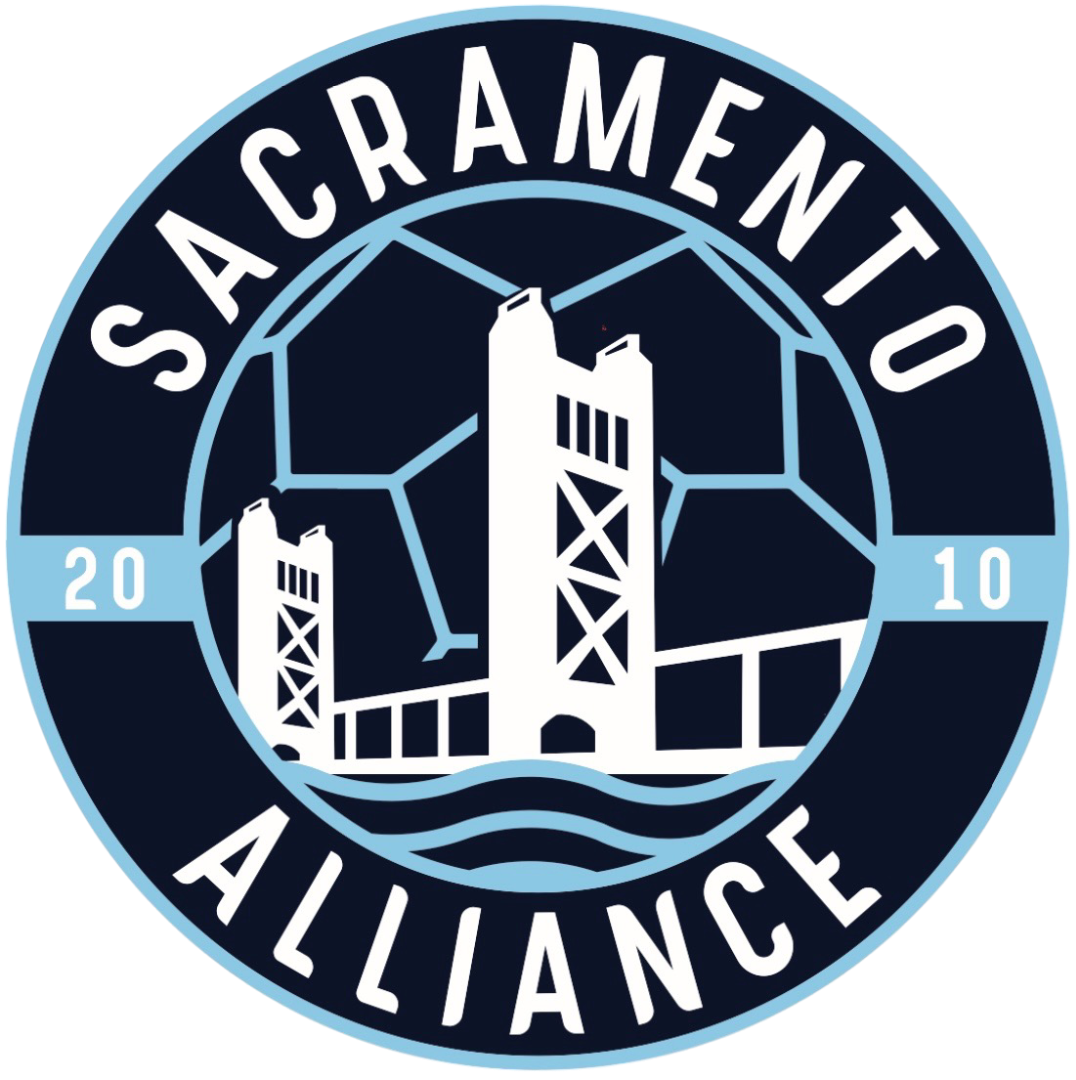
Environmental Safety
At SASC, we are vigilant about the health and safety of our players, especially when it comes to temperature, AQI and particulate matter in the air.
What is AQI?
The U.S. AQI is EPA’s index for reporting air quality.
What about PM2.5 versus PM10 versus Ozone?
We have all heard so much about particulate matter, PM2.5 and PM10, and ozone.
PM2.5 are finer (or smaller) particles in the air that measure 2.5 micrometers in size. They are more dangerous because they can get into the deep parts of your lungs or even into your blood.
PM10 are larger, bigger than 10 micrometers, particles that we often see in the air. They can irritate your eyes, nose and throat but don’t pose as great a risk to your health compared to PM2.5
Ground level ozone is a pollutant created by volatile organic compounds and nitrogen oxides when they react with sunlight (UV rays). Ozone occurs more frequently on sunny and hot days, usually in the afternoon or early evening.
SASC and AQI
First and foremost, parents should always ultimately be the decision makers when it comes to allowing their child to participate in a day’s training or not. Either option is totally fine! They need to decide what is best for their family.
Before making a decision about whether or not to hold training for any given day, we are tracking the PM2.5, PM10 and ozone pollution in the area.
At AQIs of 100 or higher, teams should consider removing sensitive athletes from outdoor training and shortening training, and exertion should be minimized by decreasing the intensity of activity.
At AQIs over 150, SSA trainings will be canceled.
EPA Resources
The EPA’s AirNow app (or website) provides a great snapshot of the day’s AQI. When you click on the details link, you will see a breakdown of the different pollutants and which pollutant is the primary driving factor for the air quality each day.
A more detailed map can be accessed via the EPA’s AirNow Fire and Smoke Map app (or website). This map includes both the EPA’s regulatory monitors and the low-cost purple air monitors. The method of measuring particulate matter and the averaging time of the data collected differs between the regulatory monitors at T Street (downtown) and the various purple air monitors in and around Land Park/Greenhaven and the surrounding areas.
Temperature
In accordance with U.S. Soccer’s Recognize to Recover program guidelines and recommendations, SASC takes the utmost caution in regard to heat and hydration as well as cold temperatures.
The following topics are covered in the following link…
Heat and Hydration
Heat Guidelines
Sun Safety Guidelines
Cold Weather Guidelines
Lightning and Severe Weather
Field Conditions
